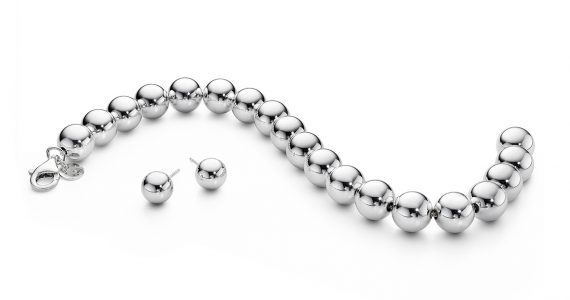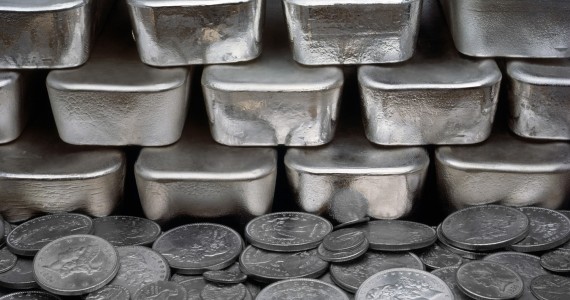Manganese is a brittle, hard transition metal. It is gray white and can be found in a number of minerals but never by itself. This is one of the most common metals on this planet’s crust and found all over the surface.
Properties of Manganese
The first thing we can point out about manganese is that it is important in animal and human metabolic functions. Alloys that have manganese are utilized in the production of steel and creation of glass. It is also used with aluminum to make soda cans more durable but thinner.
The atomic number of manganese is 25 and has been assigned the atomic symbol of Mn. Studies have shown that its most common isotope is Mn-55 and has one natural isotope. A natural isotope refers to the same element but with unique number of neutrons. Manganese also has 21 artificial and radioactive isotopes that have short half lives.
The boiling point for manganese is 3,740 F (2,060 C) and the melting point is (1,250 degrees Celsius) or 2,282 degrees Fahrenheit. Like cobalt, the manganese phase is solid when at room temperature and has a density of 7.43 grams per cubic centimeter. This is equal to 4.29 inches per square inch. Its atomic weight is 54.98.
History of Manganese
There is evidence that manganese has been used by ancient civilizations. Scientists have determined that French cave artists 30,000 years ago used black ore, manganese pyrolusite or dioxide. The Roman philosopher Pliny the Elder stated in the 1st century AD that manganese was utilized in glass making so it becomes clearer. Manganese is also used in pottery as black pigment.
In the 1740s the German scientist Johann Heinrich Pott noticed that pyrolusite contained another type of earth metal. Most people back then thought it was iron but Pott saw that it was different. In 1770, the Austrian chemist Ignatius Gottfried Kaim isolated manganese.
His attempt resulted in an impure metal, and the subsequent attempts to isolate manganese proved difficult as well. One of the closest to succeed was the Swedish chemist Johan Gottlieb Gahn, who in 1774 managed to produce a brittle, white, hard metal.
Facts about Manganese
Manganese is a transition metal, meaning it conducts heat and electricity. It is also malleable and ductile. The word itself came from the Latin magnes which means magnets. The name is somewhat misleading since manganese isn’t magnetic. However when it is alloyed with copper, antimony and aluminum the resulting metal has ferromagnetic properties.
Repeated experiments show that this metal is reactive. It dissolves in diluted acid and rusts in water. Manganese also burns in oxygen. Following its discovery, scientists learned that manganese occurs in hydroxides and oxides and occurs on the Earth’s crust and the soil. This confirmed the findings of scientists that manganese is a common metal.
In a study conducted by the Royal Society of Chemistry, researchers determined this is the 5th most common metal on the crust.
Manganese and Health
If you read health publications you’ll notice that manganese is often mentioned as an essential element for humans to be healthy. This is true not just for humans but also plants as this metal is needed for photosynthesis. By using manganese, plants are able to produce more oxygen to flourish.
It was back in the 1930s when researchers began to consider the importance of manganese for humans, and in 1950, a study was published in Nature which proved that the metal is indeed vital. Since then several more studies have been done that support these findings.
What health experts say is that manganese is crucial for human metabolic functions. The average human body has 10 to 20 mg of manganese. Manganese is found in throughout the body including the bones, pancreas, kidney and liver.
What manganese does is assist the body in connecting tissues and bones. It also improves the body’s resistance to blood clots.
Your body needs this but since it cannot be produced naturally, you replenish it through food. Among the foods that are rich in manganese are oysters, green beans, olive oil, nuts, eggs, soybean, rice, grain, herbs, tea and spinach.
As important as manganese is to humans, the same can be said for animals. The advantage of some animals is they can store manganese. Examples of these are sponges, mollusks and diatoms.
While manganese important you cannot have too much of it. Too much can result in insomnia, weak muscles, dullness, forgetfulness and other side effects. When taken in the right amount, manganese can prevent obesity, hair color change and improve cholesterol levels. It is also used for treating diabetics.
Conclusion
Manganese is widespread and that’s a good thing because as we have shown, it is vital for humans and animals. From heath to industrial applications, there is no shortage of ways that manganese can be used.








